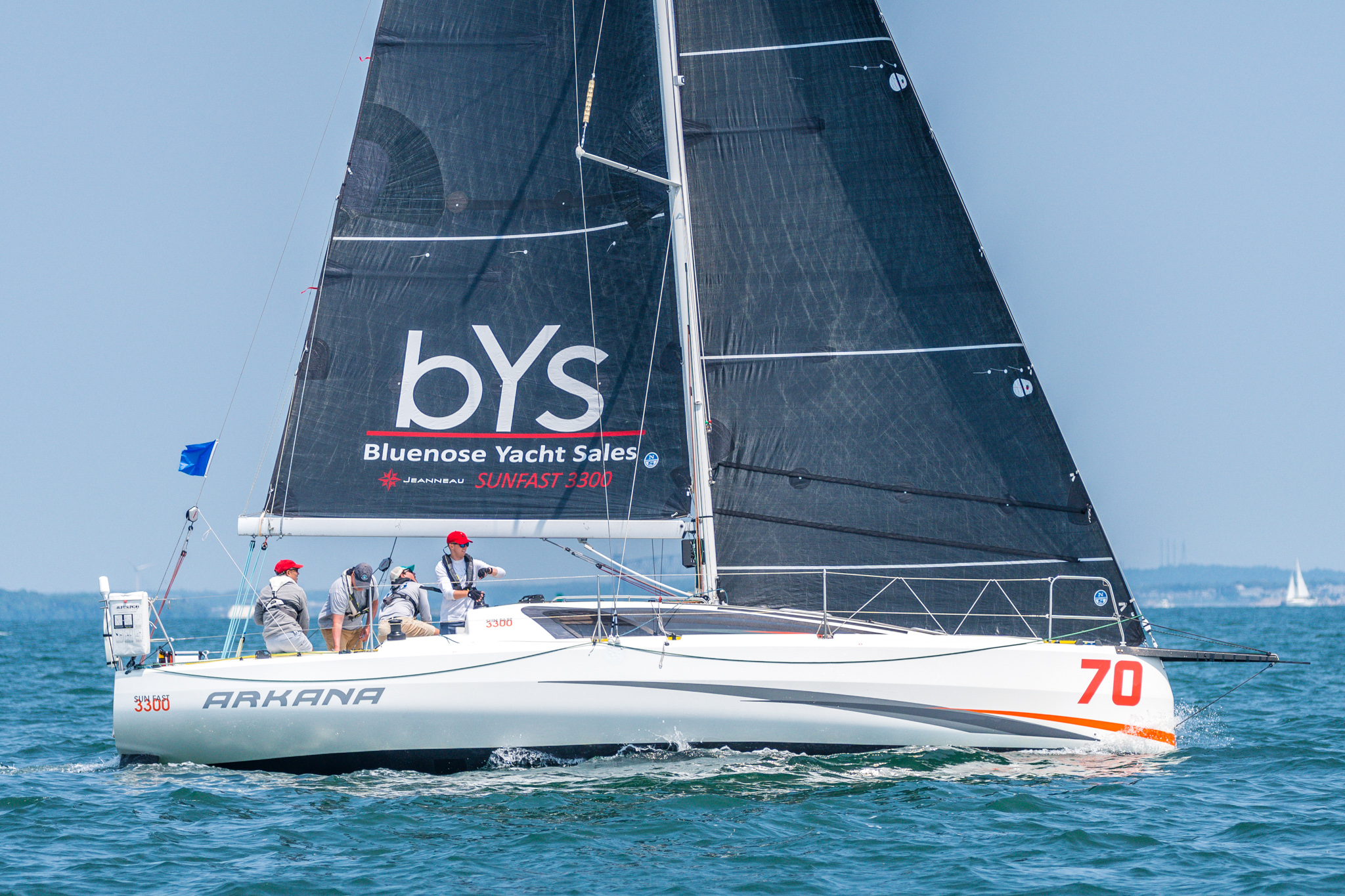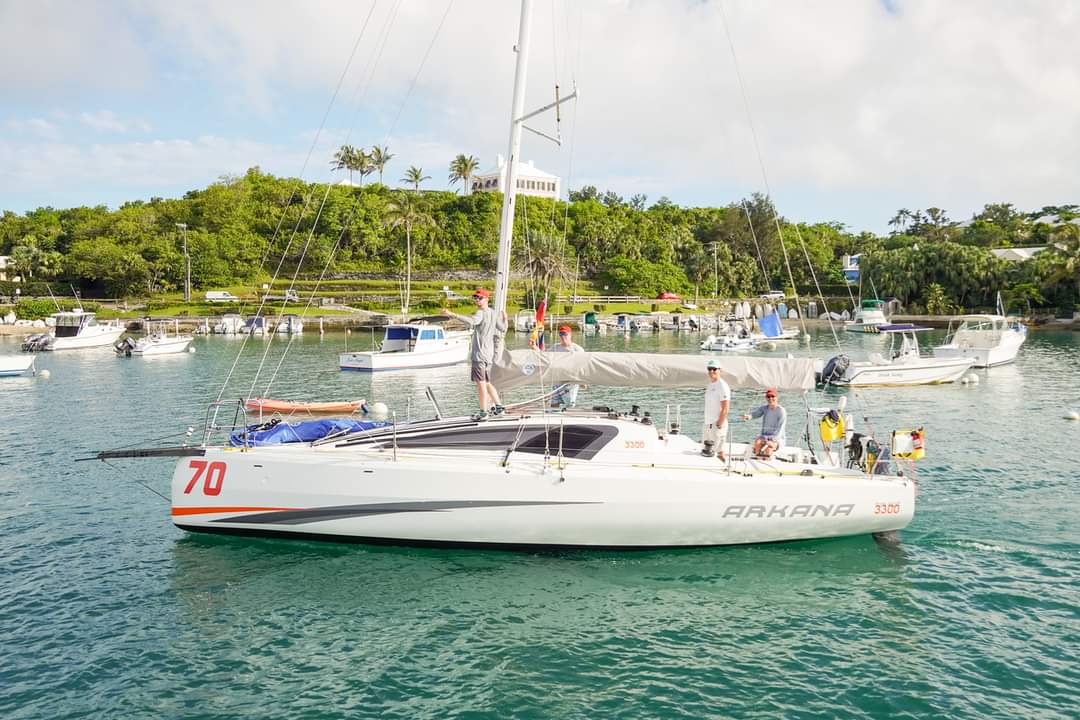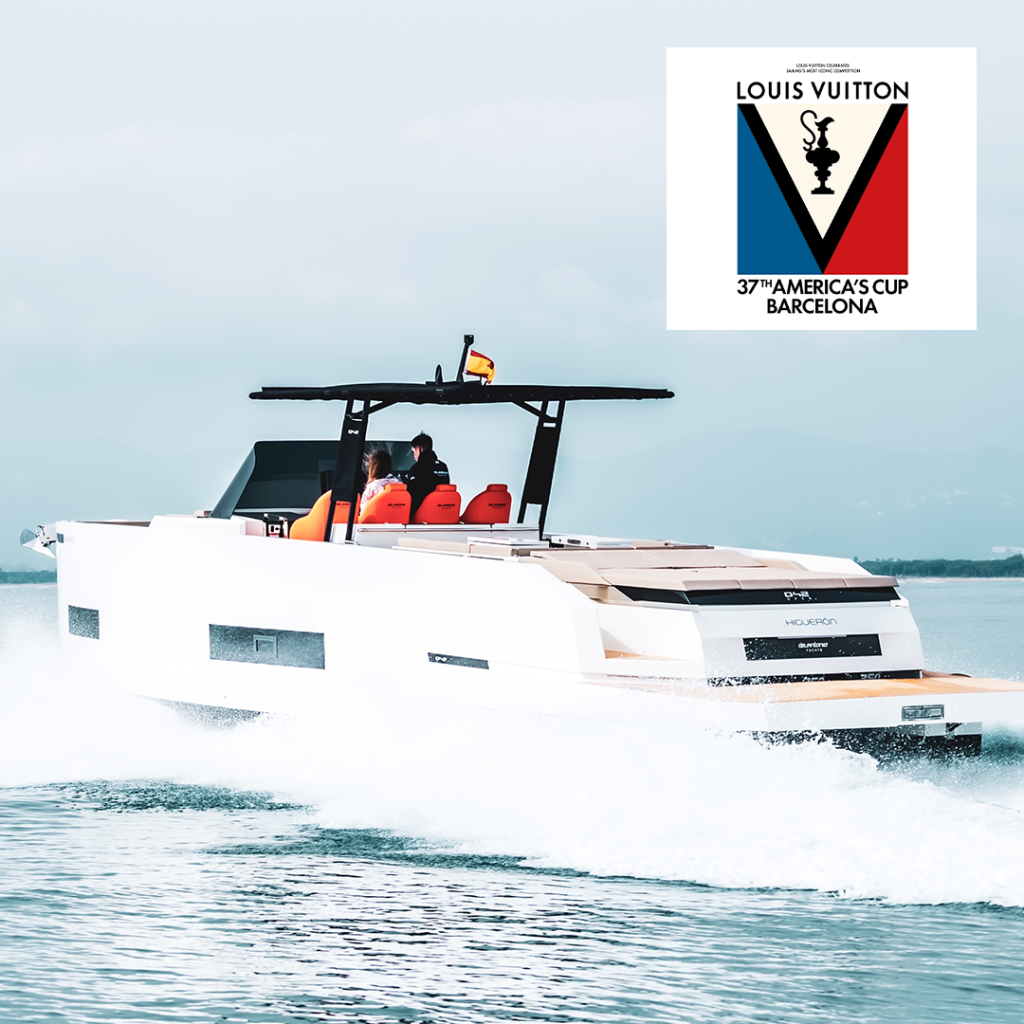Overview
Approximately 120 hours after starting the race off of Centerboard Shoal in Buzzards Bay, we crossed the finish line off of St. David’s. While I had completed previous races to Bermuda, this one was particularly meaningful and deeply satisfying – it was my first as a skipper and my first (and hopefully not my last) with my older son, Tucker (18), who is headed off to college in the fall. After a round of hugs and handshakes, we started the long motor into Hamilton, looking forward to both a Dark ‘n Stormy and a shower, knowing that we had secured a spot on the podium in our class. The finish was the culmination of months of planning and, although exhausting, we are already looking forward to the next one.

For those interested, below please find some summary thoughts on our preparation and the race. I would be delighted to speak with anyone considering embarking on a multi-day offshore event.
The Boat: SunFast 3300
Until recently, I owned a Hinckley Bermuda 40 (Mark III) yawl. I had been attracted to its beautiful lines, high-quality construction, and overall sea-worthiness. I was also inspired by Mike and Connie Cone’s refit of Actaea and their 2016 Newport-Bermuda Race win. Tucker and I had undertaken a host of double-handed overnight events, as well as PHRF races, and I was probably 75% of the way towards having the boat be Marion-Bermuda Race-ready. However, when sailing on a friend’s boat in last year’s Newport-Bermuda Race, I noted that, as we were leaving Hamilton on Thursday for our delivery back north, one of the Bermuda 40s in the race was just coming through the Narrows, after having retired earlier in the week. It was at this moment that I decided to reconsider my options and look for a faster ride.
Following receipt of a marketing email from Bluenose, I contacted Jonathan Banks and arranged for a test sail in September. The two of us set out from Bannisters Wharf and around 30 minutes later had the A4 up and were trucking up Narragansett Bay at 10 knots in 14 knots of breeze. I was sold. I liked the dinghy feel, the thoughtful rigging of all of the controls, the “grip” offered by the dual rudders, the buoyancy of the bow, the build quality, the extensive sail inventory, the polars and rating which would ensure that we would both have a lot of fun and be competitive, and the fact that Bluenose was willing to partner with me in chartering the boat for a race like Marion to Bermuda.

Preparation
In connection with the race, I was keen to get as much time on the boat as possible, as well as ensure that all of the safety equipment and systems were in place well in advance. Jonathan and I figured out a schedule that would enable me to obtain 10 days on the water in advance of the race, including some coaching with Jonathan. I undertook the following delivery sails/practice:
-
Annapolis to Rye
-
Rye to Essex
-
Essex to Stamford
-
Practice in Newport for two days
-
Newport to Marion
Additionally, I signed up for the Sam Wetherill Race which Essex Yacht Club runs. This is a 140nm race from Old Saybrook to Gayhead and back (keeping Block Island to starboard on the return). This served as a great warm-up: an overnight race, generally a fair amount of reaching, some interesting navigational decisions related to current, and a diverse, competitive fleet.
My son was still in school, but two other members of our core crew, Lucian Sharpe (a rising senior at Brown) and Rob Breslin (an experienced offshore sailor and former All-American from St. Mary’s) were onboard, as well as Tommy Styron (another rising senior at Brown). While not a perfect race for us, we were able to run through the sail inventory, experiment with our watch system, and basically get further acclimated to the boat. Some key decisions definitely benefitted us (namely popping a chute at 2 am on the south side of Block Island when other boats may have been more hesitant to do so). We ended up 1st in ORC, which was an auspicious start to our campaign.
Beyond time on the water, I was intensely focused on safety – both in terms of meeting the safety and other eligibility requirements for Marion-Bermuda and having peace of mind with respect to my responsibility to the crew and their families. Jonathan and I went over the Monohull Safety Requirements checklist over the winter, in the spring, and in the days leading up to my inspection to ensure that we were all set. I was extremely grateful for Bluenose’s investment of time, effort, and money to ensure the boat was in full compliance.
In addition to practice and safety, I thought a lot about navigation. While I had bought Expedition and had become decently familiar with it, given that we were undertaking the race short-handed, I ultimately decided that I needed to simplify my systems, so as not to be overly glued to the screens down below. Thus, while leveraging the full B&G suite of instruments on the boat, I opted to rely on PredictWind on a tablet and IridiumGo! for purposes of downloading weather models. Both worked seamlessly throughout the race. Furthermore, in terms of my route planning, I worked with Jennifer Clark in the months leading up to the race with respect to the Gulf Stream and with Commander’s Weather in the days leading up to the race for weather forecasts. By comparing a myriad of current and wind models, we started the race with what we thought was a well-considered holistic perspective on how the coming days would unfold.
I should mention that, throughout our preparations, I availed myself of the Marion-Bermuda Race organizing team and am particularly grateful to Ernie Messer who had been an early supporter of my throwing my hat in the ring for this race. The MBR team runs a tight operation and remains very encouraging of first-time entrants. I should also mention that the preparation paid off – Arkana performed beautifully with a minimum of issues along the way. Finally, through Jonathan, I had a 45-minute long Zoom call with Ken Read, which provided some invaluable additional perspectives on racing the SunFast 3300.
The Race
The Marion-Bermuda Race is basically comprised of four legs:
-
Exiting Buzzards Bay
-
Entering the Gulf Stream
-
Exiting the Gulf Stream
-
Approaching Kitchen Shoals
Following the Thursday afternoon weather and Gulf Stream briefings, we cemented our strategy for the race. We chose to beat up the North side of Buzzards Bay, set up slightly west of rhumb line for entering the Gulf Stream, planned to exit east of rhumb line, and decided to approach Bermuda from the northeast. However, just like Mike Tyson said, “Everybody has a plan until they get punched in the mouth.” In our case, we largely stuck to our guns but certainly found ourselves having to make some tactical decisions resulting from the fact that forecasts and reality never dovetail perfectly.
While Friday afternoon’s breeze was solid, the wind died overnight and into Saturday morning before filling in from the northwest on Saturday afternoon. We then found ourselves in around 20 knots for the next 30 or so hours. As one of our crew remarked, Sunday may have been the best day of sailing of our lives – champagne conditions as we hit 20kts of speed with the A4 up in 8-10 foot seas. The breeze tapered off heading into Sunday night and we faced light fluky conditions most of Monday and Tuesday as sought to stay pointed at Bermuda while seeking, probably unsuccessfully, a few final current features. The wind picked up in the late morning on Tuesday out of the south and we spent about 100 nm beating upwind to Bermuda. By Wednesday morning, we were delighted to see the outlines of the island and we were once again reminded of the fact that there remains a lot of racetrack between Kitchen Shoals and St. David’s. In the early afternoon, in a pleasant SSW breeze, we crossed the port end of the finish line. After completing various radio transmissions and flaking the sails, celebratory drinks were drunk and we headed towards the Royal Hamilton Amateur Dinghy Club for their traditional warm welcome to Bermuda.

When we logged into Yellow Brick, we saw that we were 7th across the line and tentatively 2nd in our class. While we ultimately corrected out to 3rd in Class A, the attached photo of Tucker and me taken while motoring into Hamilton captures the sense of satisfaction of successfully completing the race. Tucker and I are already actively discussing our next series of events and scanning the classifieds for our next boat.










